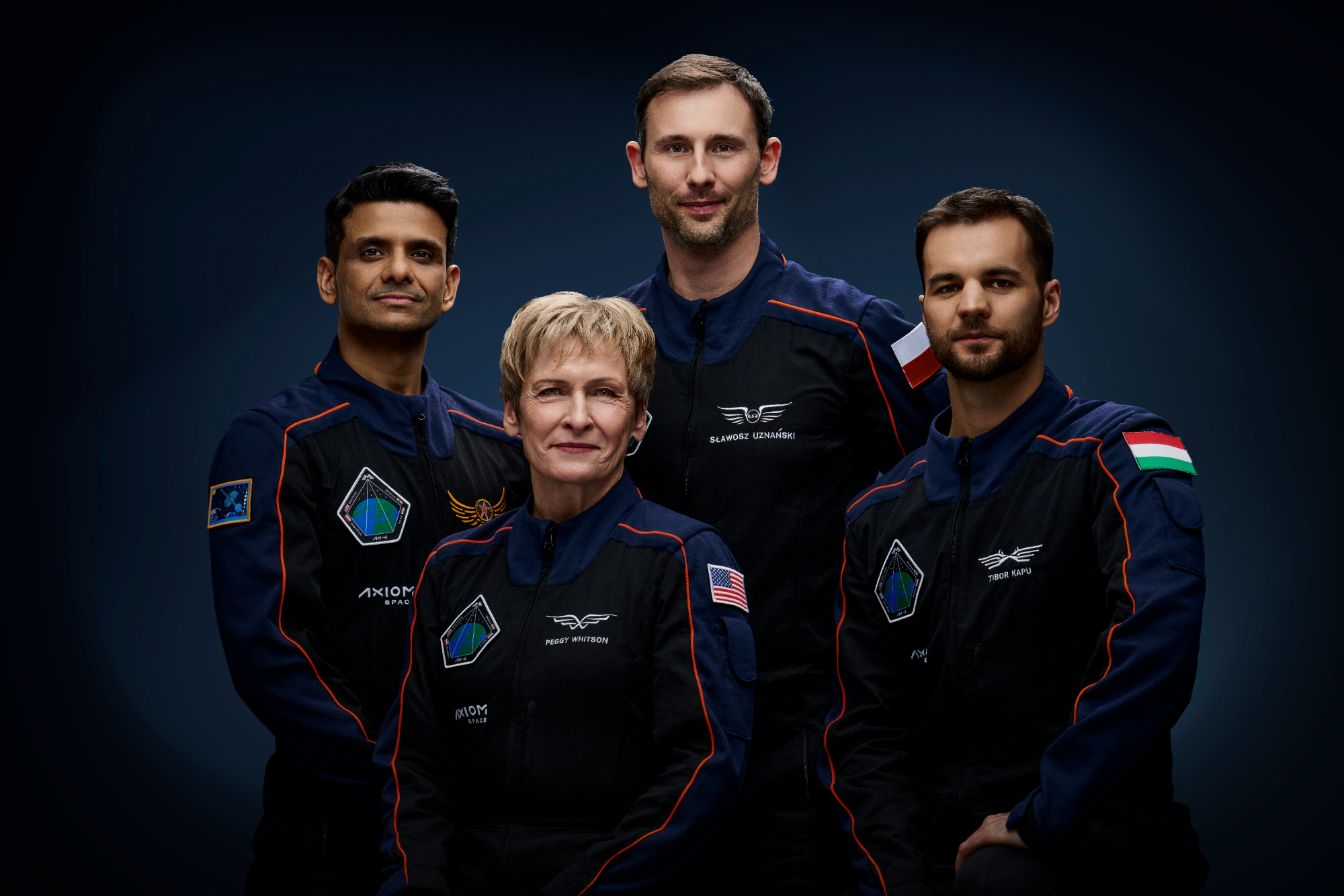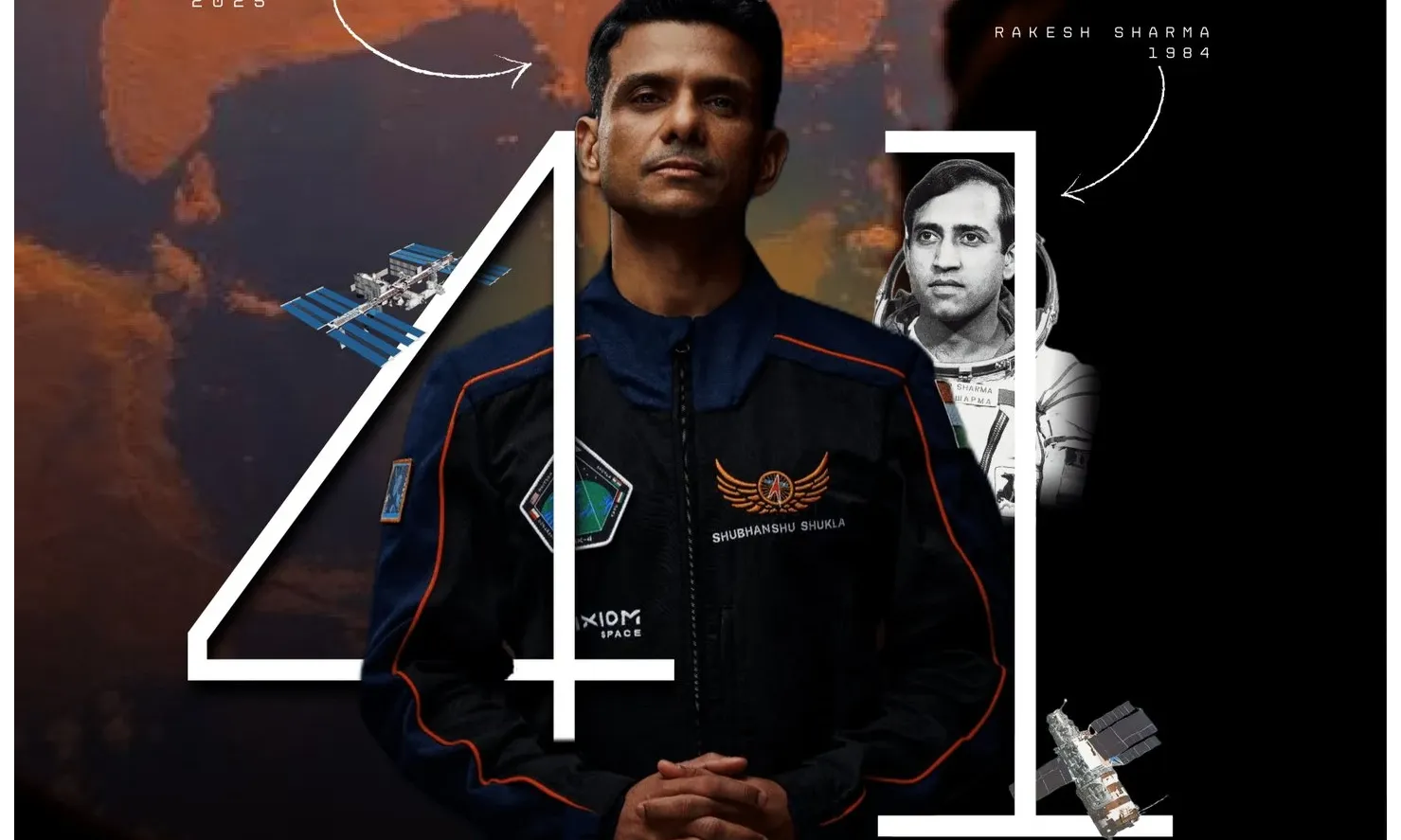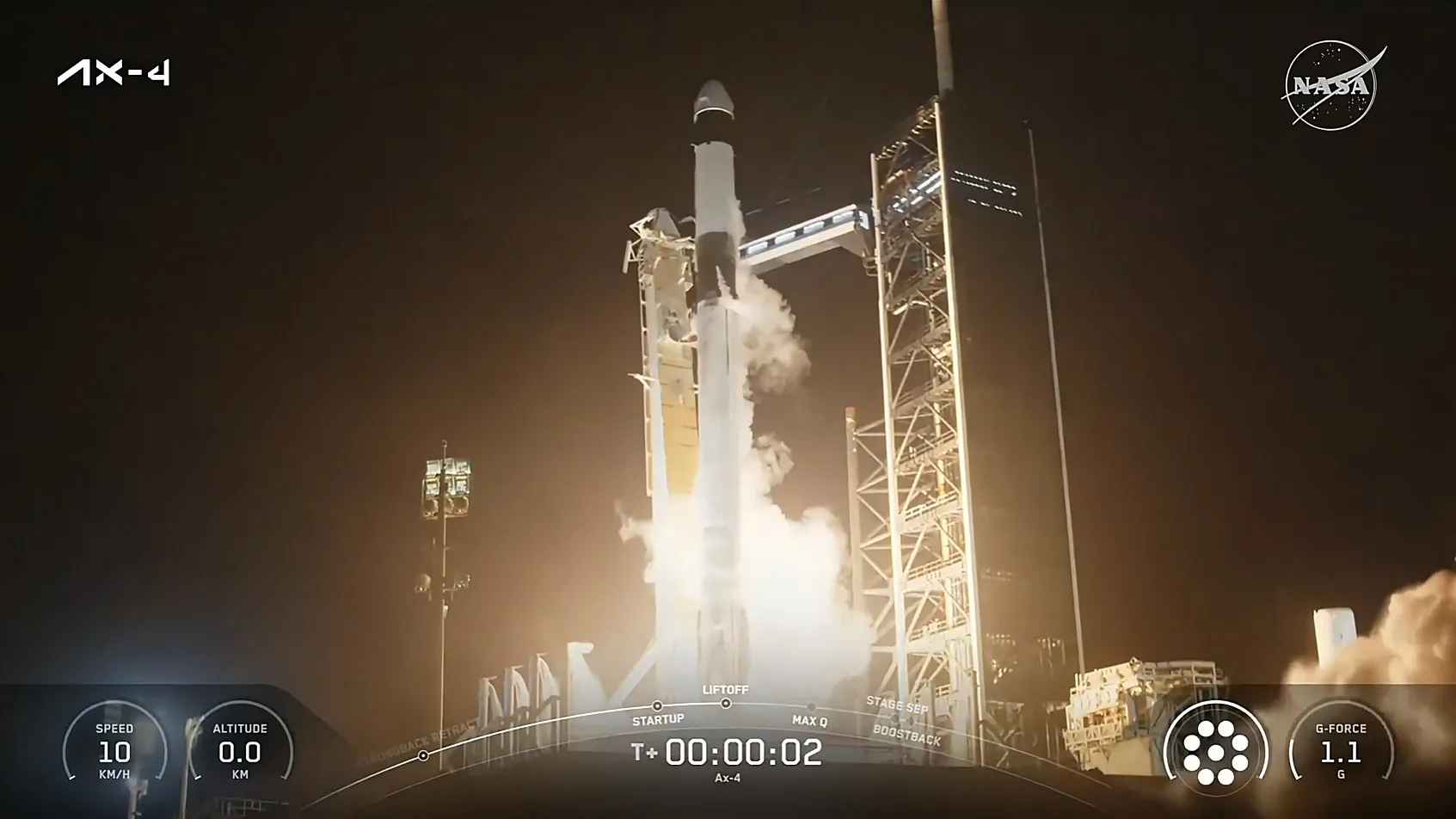In a milestone moment in the history of international space exploration, Axiom Mission 4 (Ax‑4) successfully lifted off on June 25, 2025, a triumphant step into private sector exploration and international collaboration once again. Commanded by Peggy Whitson, veteran NASA astronaut, and crewmates from India, Poland, and Hungary, the mission blasted off on a SpaceX Falcon 9 rocket from NASA's Kennedy Space Center, opening the door to a new era of commercial space missions.

Launch and Mission Overview Peggy Whitson commanded the mission, which launched at 2:31 a.m. EDT from Florida's Launch Complex 39A. The Dragon spacecraft "Grace" will dock on the International Space Station on June 26 at 7 a.m. EDT. The mission will be for approximately two weeks, and the crew will conduct 60 experiments aboard the ISS. No casualties occurred, and NASA, SpaceX, and Axiom Space ensured that "all systems are looking good" with 90% favorable weather for liftoff. Launch, Docking, and Return Time and Location 1. Liftoff was at 2:31 a.m. EDT (1:31 a.m. CDT) on 25 June 2025 from LC‑39A, Kennedy Space Center, Florida. 2. Docking with the Harmony module of the ISS was around 7:00 a.m. EDT on 26 June. 3. Return (undocking and splashdown) will be in the second week of July, weather permitting, in the Pacific (off the U.S. West Coast) Booster Return Information 1. SpaceX used a Block 5 Falcon 9 first stage, which had flown before on a Starlink mission. 2. The booster executed a return-to-launch-site (RTLS) burn around 7 minutes after liftoff and landed successfully at Landing Zone 1, Cape Canaveral around 9 miles from the pad. 3. Reusable technology supports SpaceX's multiple reflights concept for boosters, optimizing cost savings.

International Crew and Environment The mission has an international scope: 1. Shubhanshu Shukla (India) is a pilot, the second Indian national and first Indian-born cosmonaut to hold a pivotal working position on the ISS. His assignment is synchronized with ISRO's Gaganyaan manned spaceflight program, accruing experience for India's future manned missions. 2. Sławosz Uznański-Wiśniewski (Poland) continues Poland's renewed space program with the "Ignis" mission patch and educational outreach. 3. Tibor Kapu (Hungary) is Hungary's "HUNOR" mission, their first independent ESA-linked human flight. 4. Peggy Whitson will be the commander, with veteran NASA expertise in the mission.

Scientific Objectives and Significance Ax-4 will focus on diversified experiments, including high-profile endeavors in glucose testing in microgravity conducted together with Burjeel Holdings. Astronauts would utilize continuous glucose monitors to assess how they function in space; the crucial step towards the possibility of diabetic astronauts. Other experiments include microbial studies, cognitive tests, and plant biology, many in collaboration with ISRO, ESA, and space agencies at the national level. Not only does this advance human health in space but also Earth medicine.

Historical Backgrounds and Alignments Shukla's flight reminds one of Indian astronaut Rakesh Sharma, who flew on Soyuz T‑11 in 1984. The 41-year delay is past as Shukla takes cultural symbols such as halwa and mango nectar and his takeoff song list, which featured a Shah Rukh Khan song and "Yun Hi Chala Chal," to the cosmos. Prime Minister Narendra Modi congratulated the mission on X: "The Indian Astronaut, Group Captain Shubhanshu Shukla is on the way to become the first Indian to go to International Space Station. He carries with him the wishes, hopes and aspirations of 1.4 billion Indians". Defence Minister Rajnath Singh also posted on X, "The Space Mission carrying astronauts from four countries including India is going to be a significant milestone in the history of space exploration. The Indian Astronaut, Group Captain Shubhanshu Shukla who hails from Lucknow is set to be the first Indian to go to International Space Station. The country is proud of him. Wishing him and his fellow space travellers success in their endeavours."

Cost Breakdown Axiom resells seats to the ISS for around US$70 million per astronaut, including: 1. Up to 14 days on ISS, 2. 1 year training as an astronaut (700–1,000 hours). Cost breakdown is: 1. Axiom-led training to NASA standards, 2. SpaceX launch services (Falcon 9 & Crew Dragon), 3. NASA mission integration/support, 4. In-space scientific support. CEO Tejpaul Bhatia calls it economically pragmatic versus countries developing their space infrastructure: significantly cheaper than national programs such as Apollo Axiom's Commercial Space Station Context Axiom Space founded in 2016 by Kam Ghaffarian and former ISS manager Michael Suffredini is hired by NASA to build Axiom Orbital Segment (AOS) modules to be attached to the ISS. Instead of a merged ISS station, Axiom is now launching "Hab‑1" separately, which will attach to a "Power Thermal Module" on ISS and then separate after 2030 to form Axiom Station, the world's first commercial space station. Ax‑4 provides the crucial operational validation scientific payload handling, crew logistics, international partnerships, and solidly positions Axiom Station for its future.
